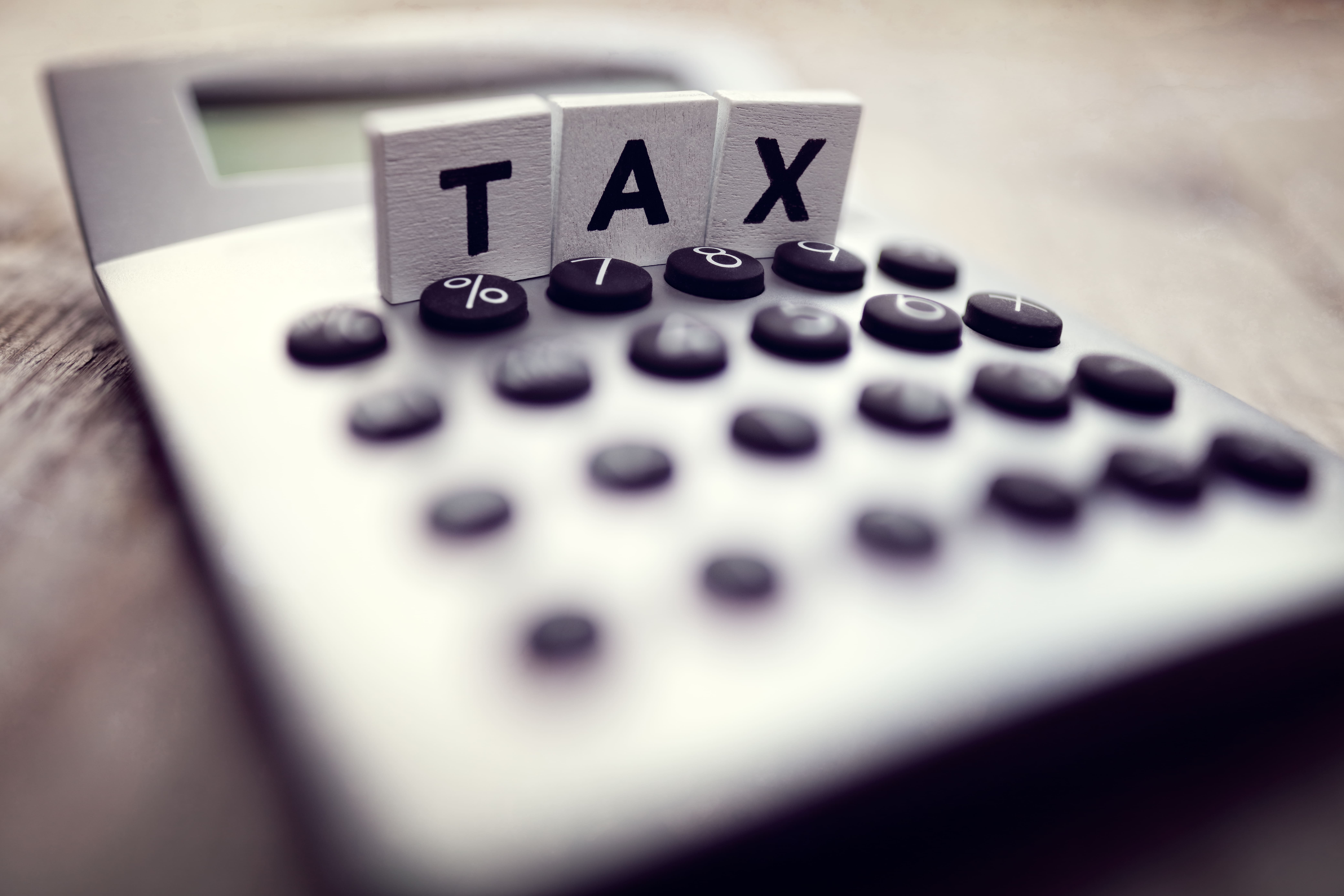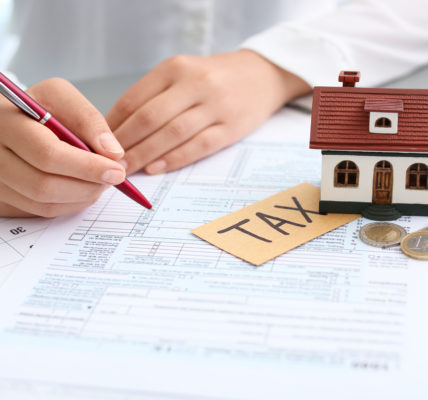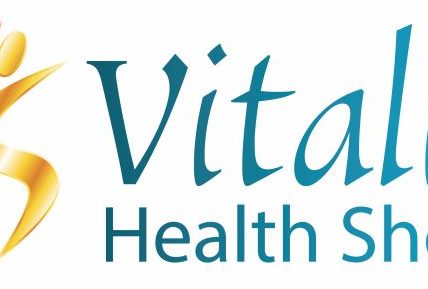
By Nicole Pollack
Casper Star-Tribune
Via- Wyoming News Exchange
CASPER — Wyoming’s economy took a $2 billion roller coaster ride in 2021. The $1 billion deficit the state expected at the start of the year became a $1.4 billion surplus as energy demand came roaring back and federal relief poured in.
As the state’s finances changed, so did voters’ preferences, according to a survey developed by University of Wyoming researchers and conducted online in January by SDR Consulting.
In 2021, a similar survey found that 42.4% of Wyoming residents age 18 and older supported leaving key budgetary determinants — like property and sales taxes and K-12 education funding — unchanged. This year, 53.9% said the same.
Economics professor Rob Godby and marketing professor Mark Peterson modeled the surveys after earlier research, which they analyzed in a peer-reviewed study published in 2020. They estimated voters’ relative policy preferences by simulating the give-and-take of the budgetary process.
“We frame the basic issue that Wyoming faces in as neutral a way as we can,” Godby said. “And we try to provide enough detail without overwhelming people and making this an incredibly complex problem for them to fi gure out.”
The 2022 survey told participants that the state currently has a budget surplus because of higher energy prices and the influx of federal funds, which can be used to cover expenses typically paid for with state revenues. The survey also told them that the state has a preexisting structural deficit, and that the deficit will most likely continue after stimulus has passed.
To evaluate residents’ priorities, the survey presented them with random combinations of changes to five policies — property and sales taxes, K-12 education funding, state agency budgets, Medicaid expansion and fuel tax — in sets of three, and asked them to pick the combination they most preferred. The survey then asked how much the respondent would support the policy they’d selected.
“Sometimes citizens think that they’re shut out of the budget process, not only because they’re not involved or asked about it, but also because it seems really complicated, and that you need a lot of understanding to kind of make these choices,” Godby said. But when budgetary debates are reduced to their core concepts, he said, people “are very capable of making these decisions, and they’re very confident in their answers.”
The survey found that respondents were most sensitive to changes in property and sales taxes and funding for K-12 education. They were least sensitive to changes to the state’s rainy day fund — essentially its savings account — which is estimated to be at about $970 million.
Participants were told that the rainy day fund would gain $70 million if property and sales taxes rose 5%, and would lose $70 million if taxes dropped 5%. But, it turned out, people didn’t want their taxes to go up or down: Raising taxes reduced support by 10.3%, while lowering taxes reduced support by 7.1%.
Though the survey didn’t ask for explanations, Godby thinks respondents’ opposition to lowering taxes might be due to the longterm trade-off of doing so.
“They’re not willing to tax themselves more yet to deal with the fact that we might have a structural deficit,” he said. “But they don’t seem to be wanting to put the surplus in their own pocket right now, possibly because they recognize, in the future, that means there’ll be less funds to deal with the structural deficit when it reemerges.”
Survey participants were told that a 5% decrease in K-12 funding would add $75 million to the rainy day fund, while a 5% increase would cause the money in the fund to drop by the same amount. People didn’t want K-12 funding to change, either: Lowering its allocation reduced support by 9.1%, and raising it by reduced support by 2.4%.
“Over the sample, which is demographically representative of the state, the message here is, leave K-12 funding alone,” Godby said.
The survey found that decreasing state agencies’ budgets by 5% would raise support by 2.2%, but that support for a 5% increase dropped by 4.9%.
It also asked about two topical policy issues that lawmakers will discuss at the upcoming legislative session: fuel taxes and Medicaid expansion.
House Bill 14 would increase the fuel tax by 15 cents, boosting Department of Transportation funding by approximately $60 million. The survey found that a 15-cent increase would reduce support for the fuel tax by 3.7%, while a hypothetical 15-cent drop would increase support for the fuel tax by 1.1%.
Unlike the other policy issues, Medicaid didn’t come with a trade-off. Respondents were told that expanding it fully would add an estimated $34 million to the rainy day fund. And 100% expansion, from zero, raised support by 4.4%.
Overall support grew to 60% when property and sales taxes and K-12 education funding stayed the same, agency budgets and the fuel tax went up and Medicaid was expanded. It shrank to 21.2% when taxes and agency budgets went up, K-12 education funding went down and Medicaid stayed the same.
The first scenario added an estimated $164 million to the general fund. The second added $15 million. “We don’t know why they’re making these decisions, but these are the preferences indicated from the survey,” Godby said.
He can only speculate about individual reasoning. The trend, however, is clear. “Early in 2021, last year, we were looking at big deficits,” Godby said. “People were not happy. The status quo only got 42% support last year. This year, being in a surplus, people would be okay with leaving things alone. That would get majority support.”






